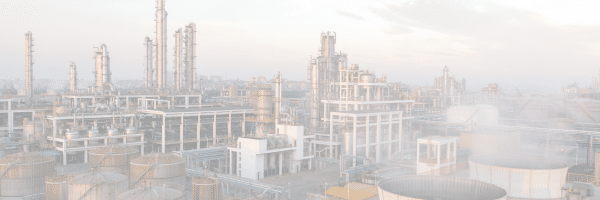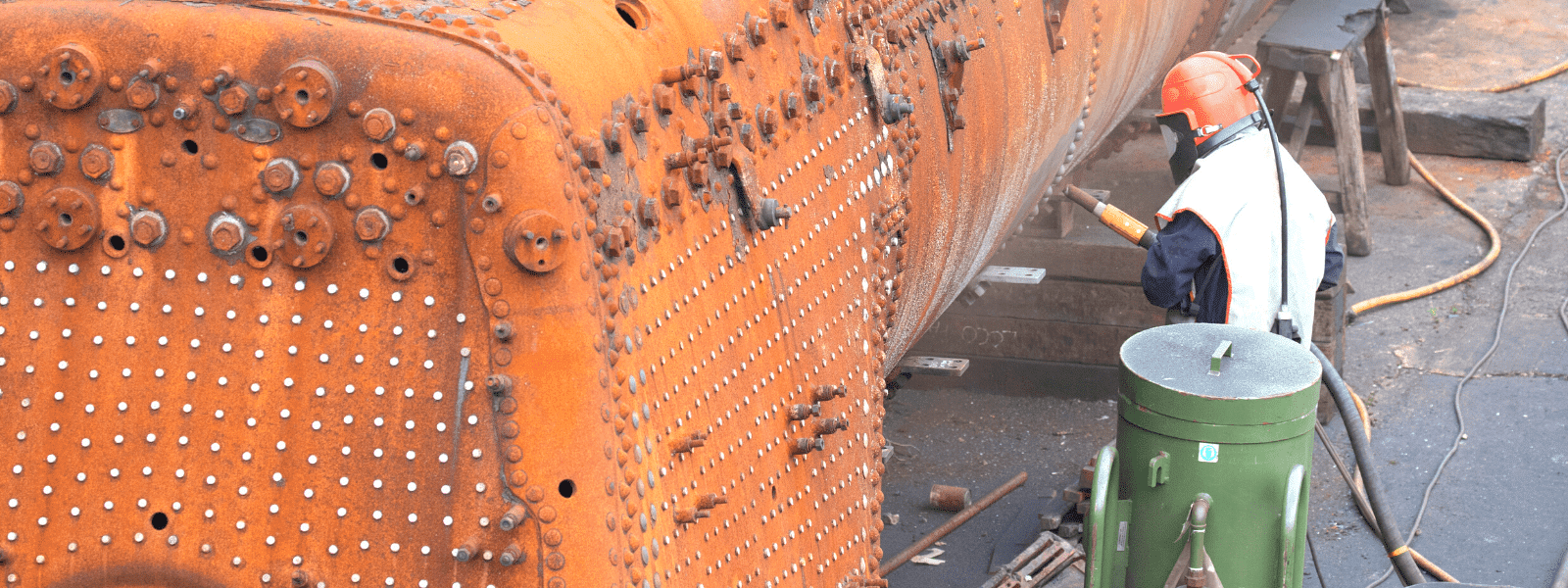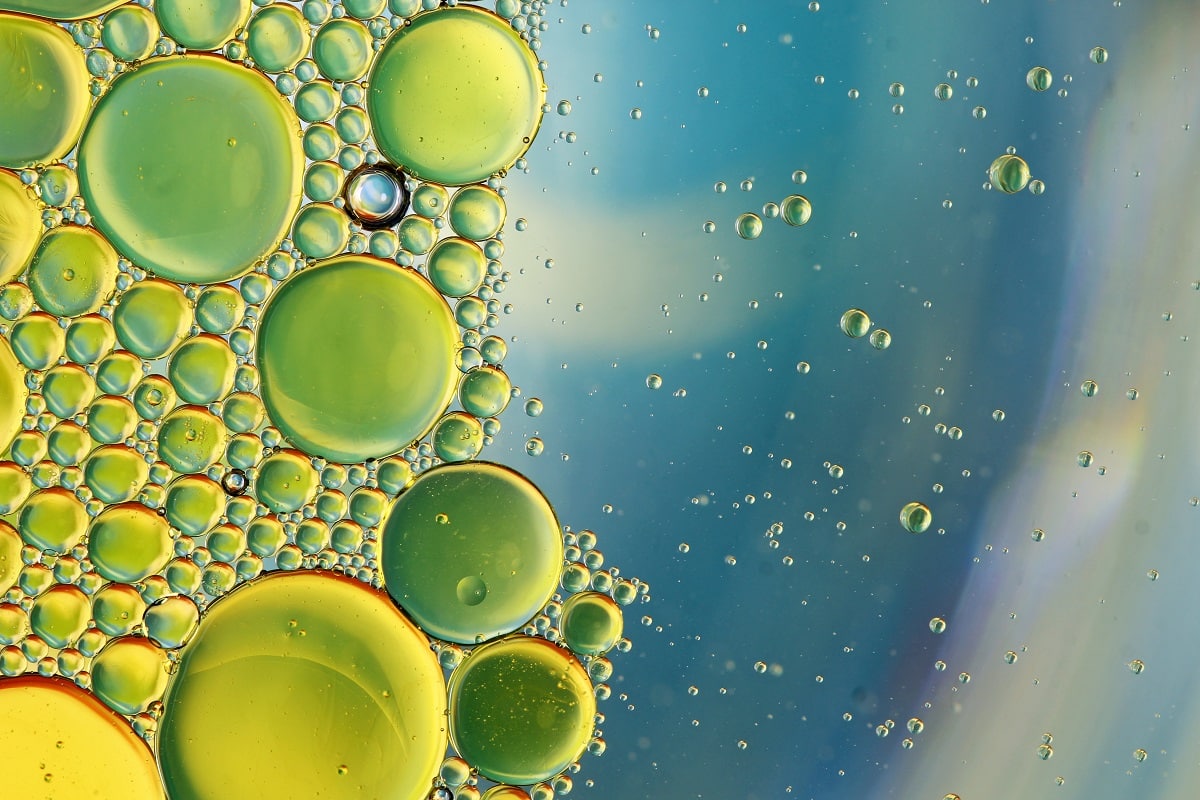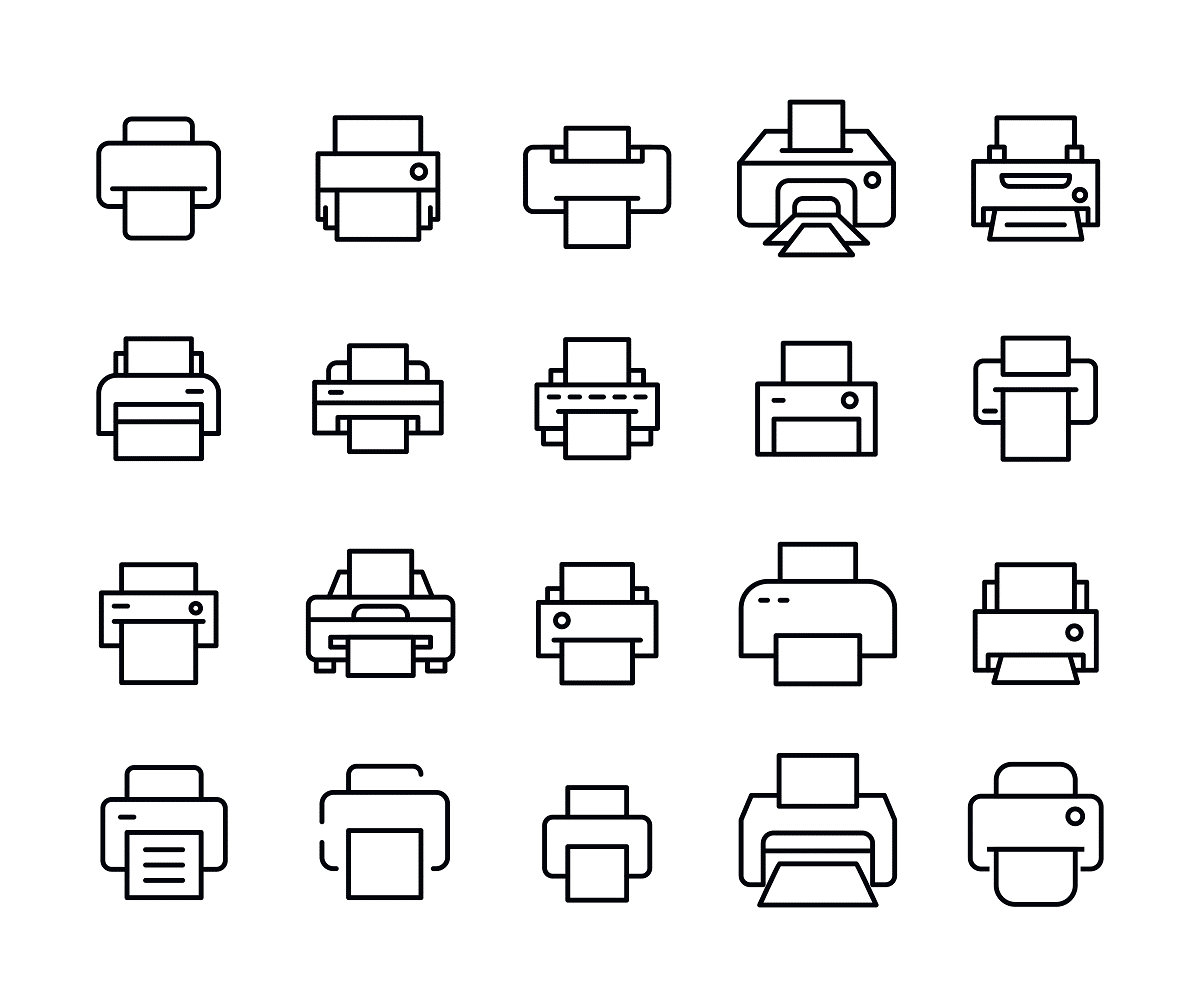There are thousands of cleaning solutions on the market. But how do you know which one is right for your business? In this blog post, we’re going to take a closer look on how to use industrial cleaning chemicals to ensure the safest, most effective clean possible. ...












